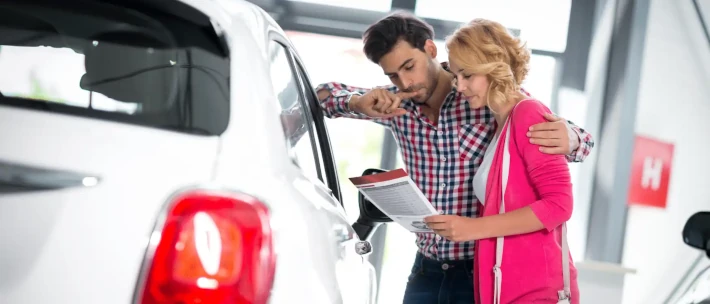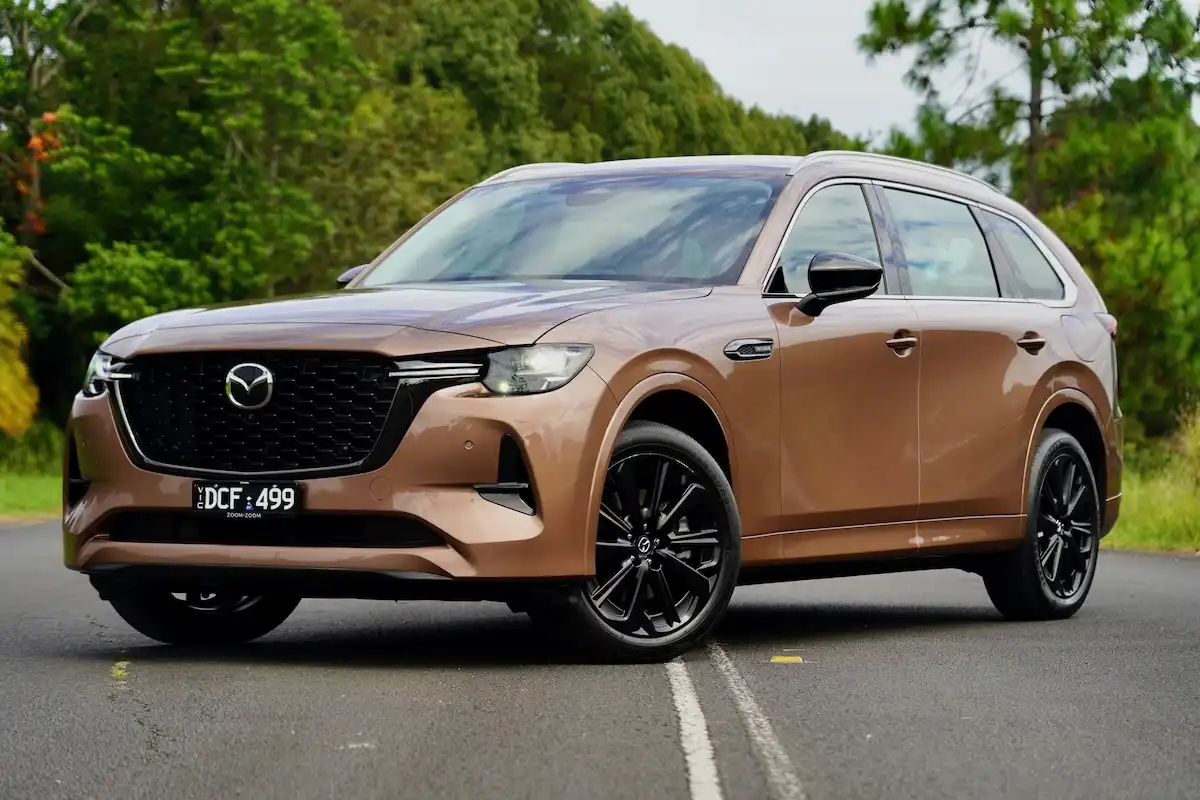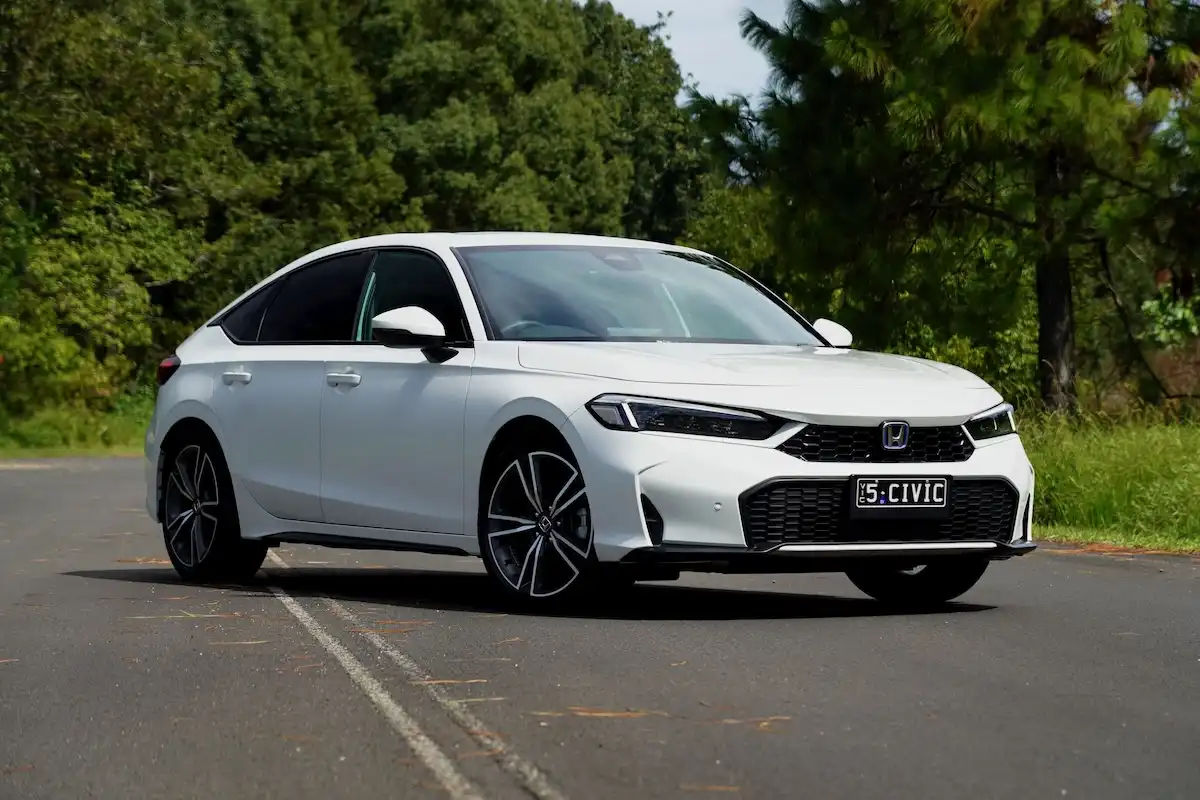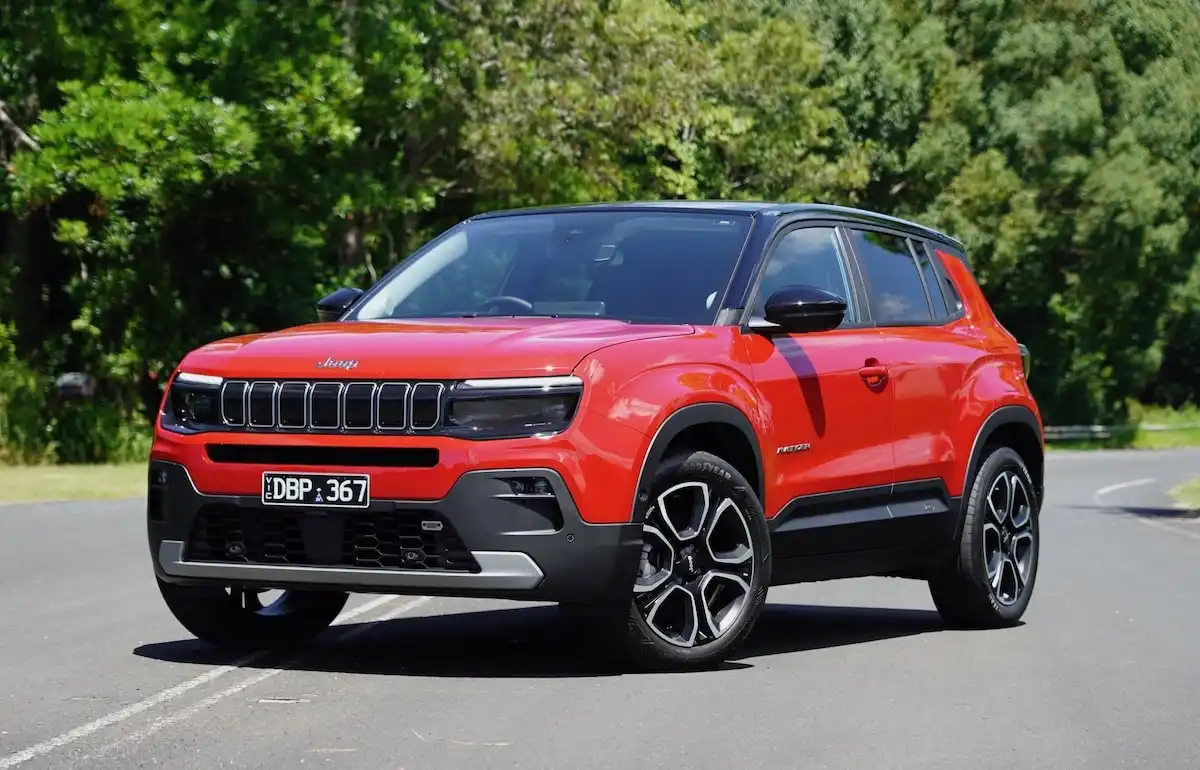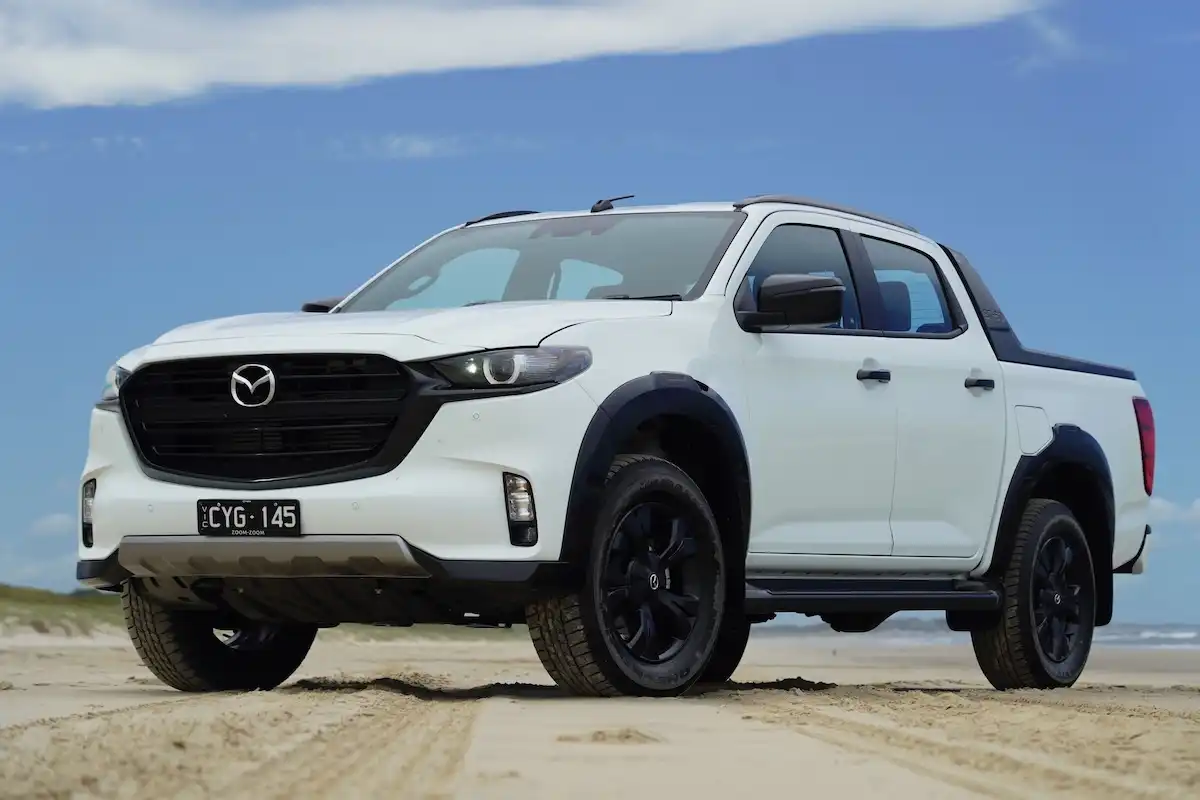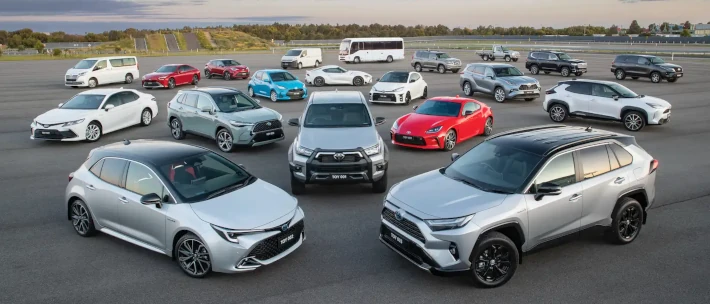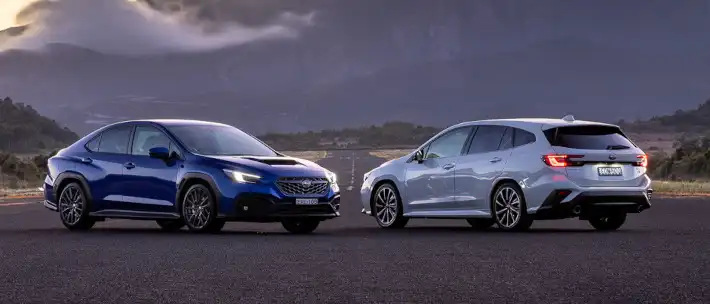To make things more difficult, there’s no uniform approach to stamp duty here in Australia, with different parts of Australia smacking varied rates on the sale of new and used vehicles.
With that in mind, let’s take a closer look at exactly how stamp duty is, and how much stamp duty you can expect to pay on your car purchase across each state and territory here in Australia.
What is Stamp Duty?
Stamp duty is a fee paid to State and Territory governments while issuing official documentation for the sale of a new vehicle, or transfer of registration into your name, in the case of a used vehicle.
How Much Stamp Duty Do I Need to Pay?
The amount of stamp duty you can expect to pay for the purchase of a new or used vehicle depends on two things: where in Australia you live and registering the vehicle and the price of the vehicle itself.
State and Territory governments often have price thresholds when it comes to stamp duty, with higher prices receiving added fees.
Get in touch with one of our Car Buying Specialists today.
Request a quoteRates of Stamp Duty Across all Australian States & Territories
For your reference, we’ve mapped out how governments structure their stamp duty payments across Australia. For the latest rates and more information on concessions and conditions, please refer to each state and territory’s stamp duty calculators below.
New South Wales (NSW)
Stamp duty is calculated in NSW at $3 per $100 of value up to a threshold of $44,999, while stamp duty fees are calculated for vehicles priced above $45,000 with a fee of $1,350, plus $5 for every $100 of value.
| Price paid: | $44,999 or less | $45,000 or more |
|---|---|---|
| Duty payable: | $3 for every $100 or part of $100 | $1350 plus $5 per $100 or part of $100 |
To find out exactly how much stamp duty you can expect to pay in New South Wales, click here to access the NSW motor vehicle registration duty calculator.
Victoria (VIC)
In the majority of cases, stamp duty payable on a new or used vehicle priced up to $69,152 totals $8.40 for every $200 of value, while vehicles priced between $69,153 and $100,000 are calculated at a rate of $10.40 per every $200.
Stamp duty for vehicles priced above $100,001 stands at $14.00 per $200 of value, and up to $18.00 for every $200 of value for vehicles priced above $150,000.
Victoria also incentivises registration of hybrid, plug-in hybrid and low-emissions ‘green passenger cars’ that don’t receive the same value thresholds.
| Type | Value | Rate |
|---|---|---|
| Green passenger car | N/A | $8.40 per $200 or part thereof |
| Primary producer passenger car | N/A | $8.40 per $200 or part thereof |
| New utes, vans, motorcylces and minibuses | N/A | $5.40 per $200 or part thereof |
| Used utes, vans, motorcycles and minibuses | N/A | $8.40 per $200 or part thereof |
| All other new and used vehicles | $0-$69,152 | $8.40 per $200 or part thereof |
| * | $69,153 - $100,000 | $10.40 per $200 or part thereof |
| * | $100,001 - $150,000 | $14.00 per $200 or part thereof |
| * | Over $150,000 | $18.00 per $200 or part thereof |
To find out exactly how much stamp duty you’ll pay for a vehicle in Victoria, click here to visit the Victorian motor vehicle duty calculator.
Australian Capital Territory (ACT)
Things get a bit more complicated in the ACT, who has made the move to classify vehicles into four classes from A through to D, all of which have their stamp duties calculated at different rates.
Zero and low emissions like certain EVs, hybrids, and plug-in hybrids are ranked in the A class and do not pay stamp duty fees whatsoever, with rates rising consistently as you move over to Class D vehicles.
| Green vehicle Class: | Class A | Class B | Class C | Class D |
|---|---|---|---|---|
| Price up to $45,000: | No stamp duty payable. | $1 for every $100 or part of $100 of the dutiable value. | $3 for every $100 or part of $100 of the dutiable value. | $4 for every $100 or part of $100 of the dutiable value. |
| Price over $45,000: | No stamp duty payable. | $450 plus $2 for every $100 or part of $100 of the dutiable value. | $1350 plus $5 for every $100 or part of $100 of the dutiable value. | $1800 plus $6 for every $100 or part of $100 of the dutiable value. |
To find out how much stamp duty you’ll pay in the ACT, click here to access the Revenue Office’s Conveyance duty calculator.
South Australia (SA)
South Australia’s stamp duties are relatively simple to understand, with a straightforward price structure applied, and whether the vehicle is registered as a private or commercial vehicle.
| Price paid: | Up to $1000 | $1001 - $2000 | $2001 - $3000 | More than $3001 |
|---|---|---|---|---|
| Duty payable: | 1 per $100 or part of $100, with a minimum payment of $5 | $10 plus $2 per $100 or part of $100 | $30 plus $3 per $100 or part of $100 | $60 plus $4 per $100 or part of $100 |
To find out exactly how much stamp duty you’ll be paying when registering a vehicle in South Australia, click here to access the SA stamp duty calculator.
Tasmania (TAS)
Tasmania’s stamp duty fees are as simple as they get, with a payment of $3 per $100 of value for vehicles up to $34,990, rising up to $1050 plus $11 per $100 of value up to $39,999, and topping out at $4 per $100 of value for vehicles priced above $40,000.
| Price paid: | Up to $600 | $600 - $34,999 | $35,000 - $39,999 | $40,000 and over |
|---|---|---|---|---|
| Duty payable: | $20 flat rate | $3 per $100 or part of $100 | $1050 plus $11 per $100 or part of $100 | $4 per $100 or part of $100 |
To find out exactly how much stamp duty you’ll be paying in Tasmania, you can access the duty and transfer fee calculator here.
Western Australia (WA)
In a similar vein, Western Australia determines just how much stamp duty you’ll be paying by taking a look at the purchase amount, as well as the weight of the vehicle.
Stamp duty for vehicles sold below the $25,000 threshold is calculated at 2.75 of the dutiable value, rising up to $6.5 of the dutiable value in the case of vehicles priced over $50,000, with a 3% duty on vehicles weighing over 4.5 tonnes, which is capped at $12,000.
| Dutiable Value | Value Rate |
|---|---|
| Up to $25,000 | 2.75% of dutiable value |
| $25,000 - $50,000 | R% of the dutiable value, where R = [2.75 + ((dutiable value - 25,000)/ 6,666.66)] rounded to 2 decimal places |
| Over $50,000 | 6.5% of dutiable value |
To find out exactly how much stamp duty you’ll be paying in WA, you can access the vehicle duty calculator here.
Northern Territory (NT)
The NT government keeps it simple with its stamp duty fee structure, calculating the rate of stamp duty at 3% of the vehicle price and a one-off transfer fee of $19.
The Northern Territory also has a number of stamp duty concessions available for plug-in electric vehicles (PHEVs) and battery-electric vehicles (BEVs) valued at up to $1500.
To find out exactly how much stamp duty you’ll be paying on a new or used vehicle sold in the Northern Territory, click here.
What Stamp Duty Exemptions Exist for Cars Sold in Australia?
Depending on where in Australia you live, there are a number of stamp duty exemptions that you might be entitled to.
We’d encourage checking your state’s stamp duty calculator for more information, however, for reference, some states offer either discounted or free stamp duty in the case of a:
-
Deceased estates
-
Transfers between family members
-
Hybrid, plug-in hybrid electric vehicles (PHEVs) and battery-electric vehicles (BEVs)
-
Trailers
-
Non-passenger vehicles
-
Vehicles used to transport sick or disabled people.
Can Stamp Duty Be Refunded?
It is possible to apply for a refund on stamp duties paid for the purchase of a vehicle, so long as you meet that State or Territory government’s requirements for the refund to be processed.
This changes depending on where you live, but typically a vehicle’s stamp duty can be refunded if you return that vehicle to the dealership within a three-month period, or if you haven’t taken delivery of that vehicle since paying the stamp duty fee.
What is Stamp Duty on a Used Car?
Stamp duty on a used car is calculated in much the same way as a new vehicle, with the amount you’re likely to pay influenced by the price of the transaction, rather than the fact it’s a new or used vehicle.
Typically, states have a number of price brackets that they factor into the stamp duty equation, so if the used vehicle is priced at a lower threshold, you’re likely to pay less stamp duty.
Can Stamp Duty Be Refunded?
It is possible to apply for a refund on stamp duties paid for the purchase of a vehicle, so long as you meet that State or Territory government’s requirements for the refund to be processed.
This changes depending on where you live, but typically a vehicle’s stamp duty can be refunded if you return that vehicle to the dealership within a three-month period, or if you haven’t taken delivery of that vehicle since paying the stamp duty fee.
Please refer to your state or territory’s guidelines for any information relating to the refund of stamp duty for a vehicle you’ve purchased.
What Happens if You Don’t Pay Stamp Duty?
Failing to make a stamp duty payment will see your application for a vehicle’s registration rejected, which ultimately means it will not be registered for use on the road, and you will be subject to penalties and even the potential of jail time if you’re caught driving an unregistered vehicle.
Request a Quote
If you need any extra help with questions about stamp duty, or finding your dream car, be sure to reach out to one of our car-buying specialists who can help find you the best possible price.
Get in touch with one of our Car Buying Specialists today.
Request a quote